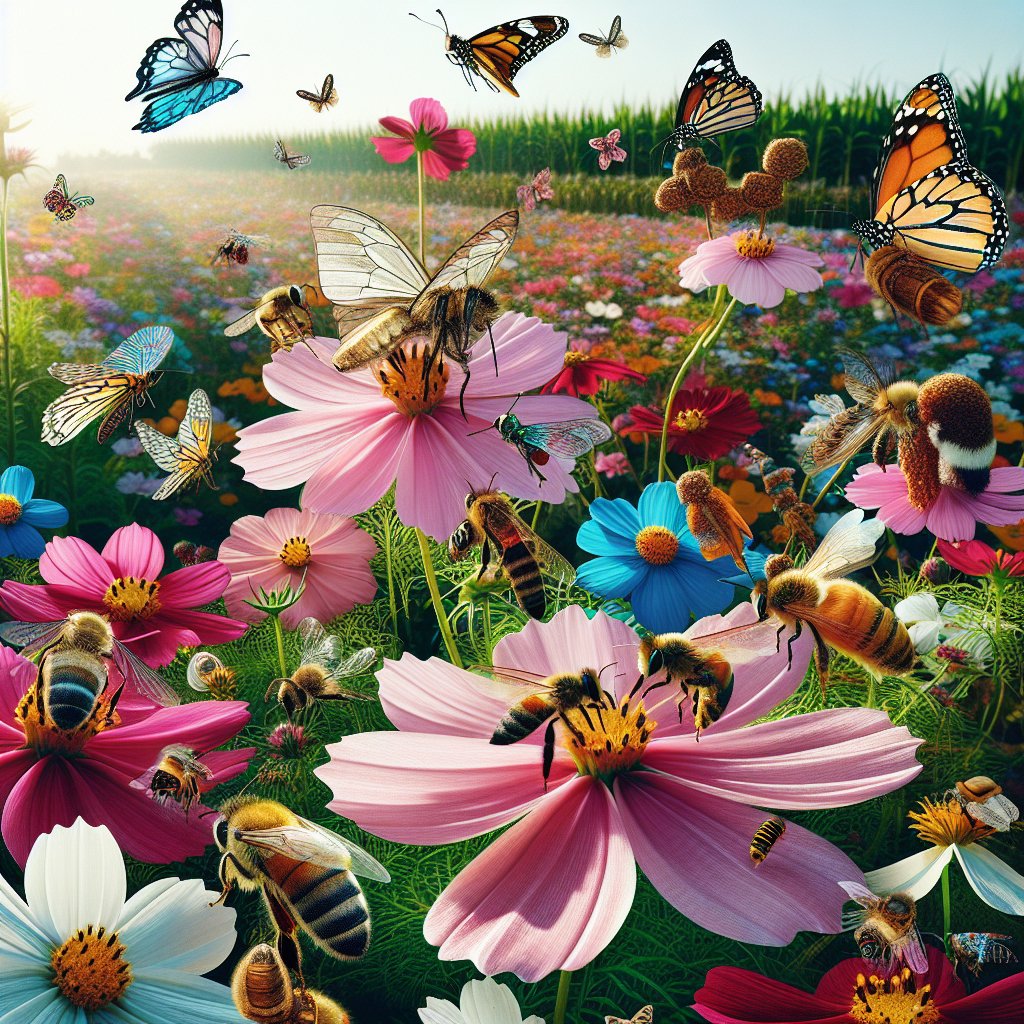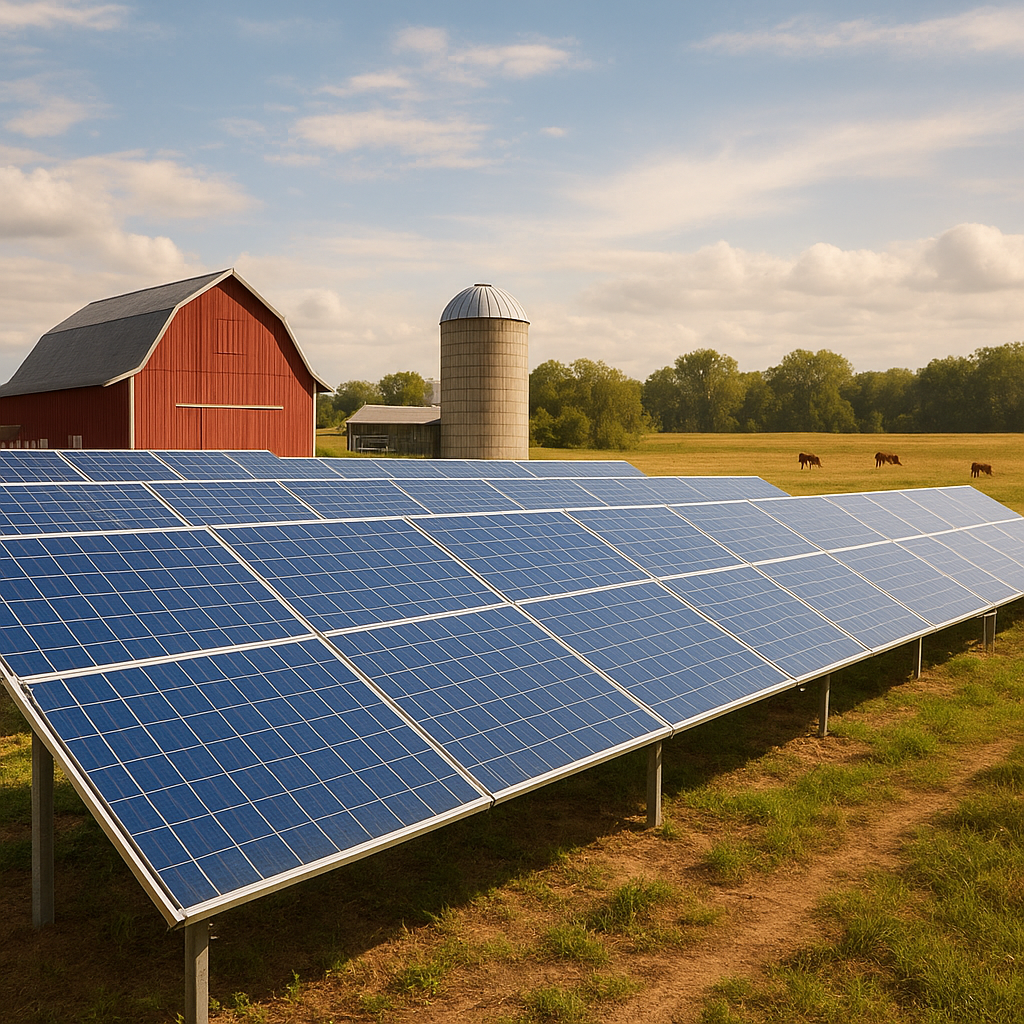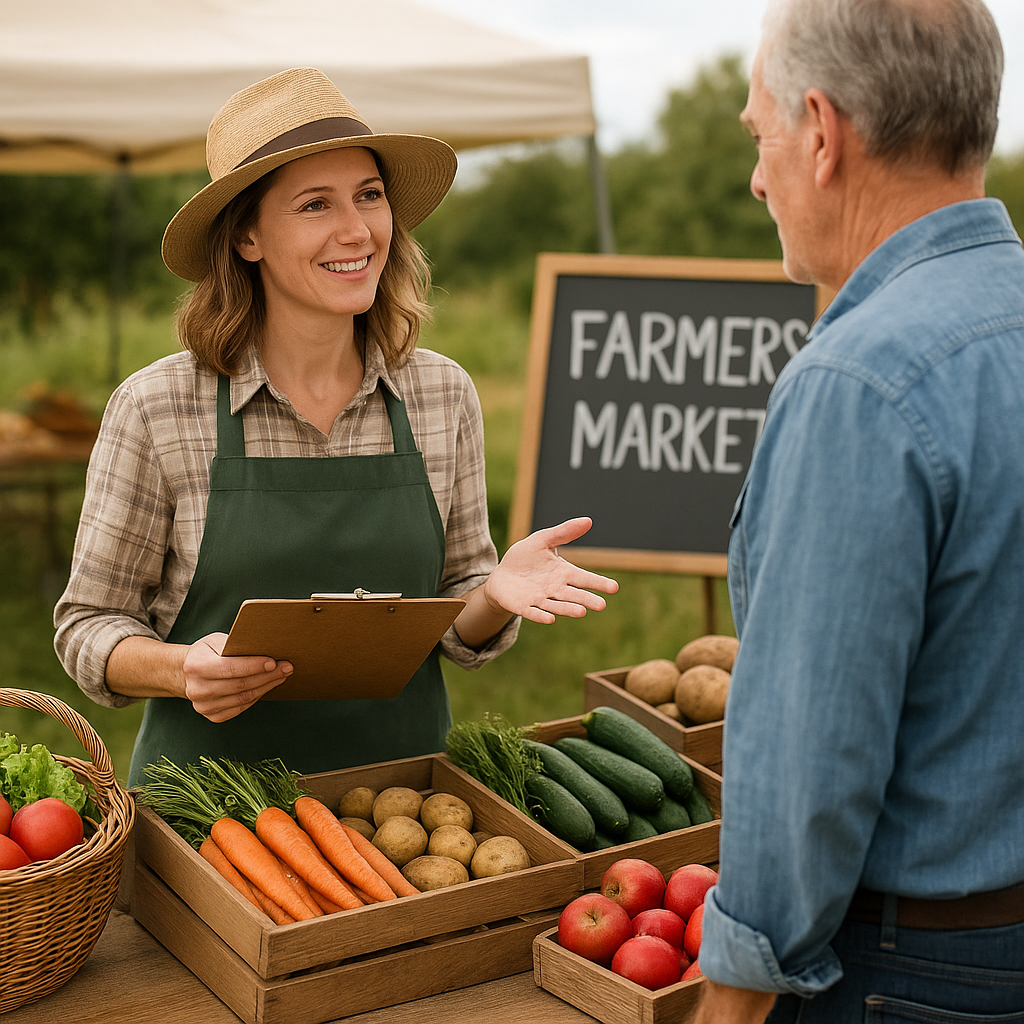The importance of pollinators in farming systems cannot be overstated, as they play a crucial role in the production of many crops and the overall health of agricultural ecosystems. Pollinators, including bees, butterflies, birds, and bats, contribute significantly to the pollination of flowering plants, which in turn supports food production and biodiversity. This article will explore the various roles that pollinators play in farming systems, the challenges they face, and the strategies that can be implemented to protect and enhance their populations.
The Role of Pollinators in Agriculture
Pollinators are essential for the reproduction of many plants, particularly those that produce fruits, vegetables, and nuts. Approximately 75% of the world’s flowering plants rely on animal pollinators to reproduce, making them vital for food security and agricultural productivity. The following points highlight the key roles that pollinators play in farming systems:
- Enhancing Crop Yields: Pollinators significantly increase the yield and quality of many crops. For instance, crops such as apples, almonds, and blueberries depend heavily on pollination. Studies have shown that farms with healthy pollinator populations can produce up to 50% more fruit than those without.
- Diversity of Crops: The presence of pollinators allows farmers to diversify their crop production. This diversity not only contributes to a more resilient agricultural system but also provides consumers with a wider variety of food options.
- Supporting Ecosystem Health: Pollinators contribute to the overall health of ecosystems by promoting plant diversity. A diverse plant community supports a range of wildlife and helps maintain soil health, water quality, and climate regulation.
- Economic Benefits: The economic value of pollinators is immense. In the United States alone, it is estimated that pollinators contribute over $15 billion annually to the agricultural economy. This value is derived from increased crop yields and the production of high-quality fruits and vegetables.
Challenges Facing Pollinators
Despite their importance, pollinators face numerous challenges that threaten their populations and, consequently, agricultural productivity. Understanding these challenges is crucial for developing effective conservation strategies. Some of the primary threats to pollinators include:
- Habitat Loss: Urbanization, agricultural expansion, and deforestation have led to significant habitat loss for pollinators. The conversion of natural landscapes into monoculture farms reduces the availability of food and nesting sites for pollinators.
- Pesticide Use: The widespread use of pesticides in agriculture poses a significant risk to pollinator health. Chemicals such as neonicotinoids have been linked to declines in bee populations, as they can be toxic to these essential insects.
- Climate Change: Climate change affects the distribution and behavior of pollinators. Changes in temperature and precipitation patterns can disrupt the timing of flowering plants and the life cycles of pollinators, leading to mismatches that can reduce pollination success.
- Diseases and Parasites: Pollinators, particularly honeybees, are susceptible to various diseases and parasites, such as Varroa mites. These threats can weaken bee colonies and reduce their ability to pollinate crops effectively.
Strategies for Pollinator Conservation
To ensure the continued presence of pollinators in farming systems, it is essential to implement effective conservation strategies. Farmers, policymakers, and communities can work together to create environments that support pollinator health. Here are some strategies that can be employed:
- Creating Pollinator Habitats: Farmers can enhance their fields by planting cover crops, wildflowers, and hedgerows that provide food and nesting sites for pollinators. Establishing buffer zones around agricultural fields can also help protect pollinators from pesticide exposure.
- Reducing Pesticide Use: Implementing integrated pest management (IPM) practices can help reduce reliance on chemical pesticides. Farmers can use biological controls, crop rotation, and other sustainable practices to manage pests while minimizing harm to pollinators.
- Promoting Organic Farming: Organic farming practices often support healthier ecosystems and can be more beneficial for pollinators. By avoiding synthetic chemicals and promoting biodiversity, organic farms can create a more hospitable environment for pollinators.
- Educating Farmers and Communities: Raising awareness about the importance of pollinators and the threats they face is crucial. Educational programs can empower farmers to adopt practices that support pollinator health and encourage community involvement in conservation efforts.
Conclusion
Pollinators are indispensable to farming systems, contributing to food production, ecosystem health, and economic stability. However, their populations are declining due to various challenges, including habitat loss, pesticide use, climate change, and diseases. By implementing effective conservation strategies, we can protect these vital creatures and ensure the sustainability of our agricultural systems. The future of farming depends on the health of pollinators, and it is our responsibility to safeguard their populations for generations to come.




